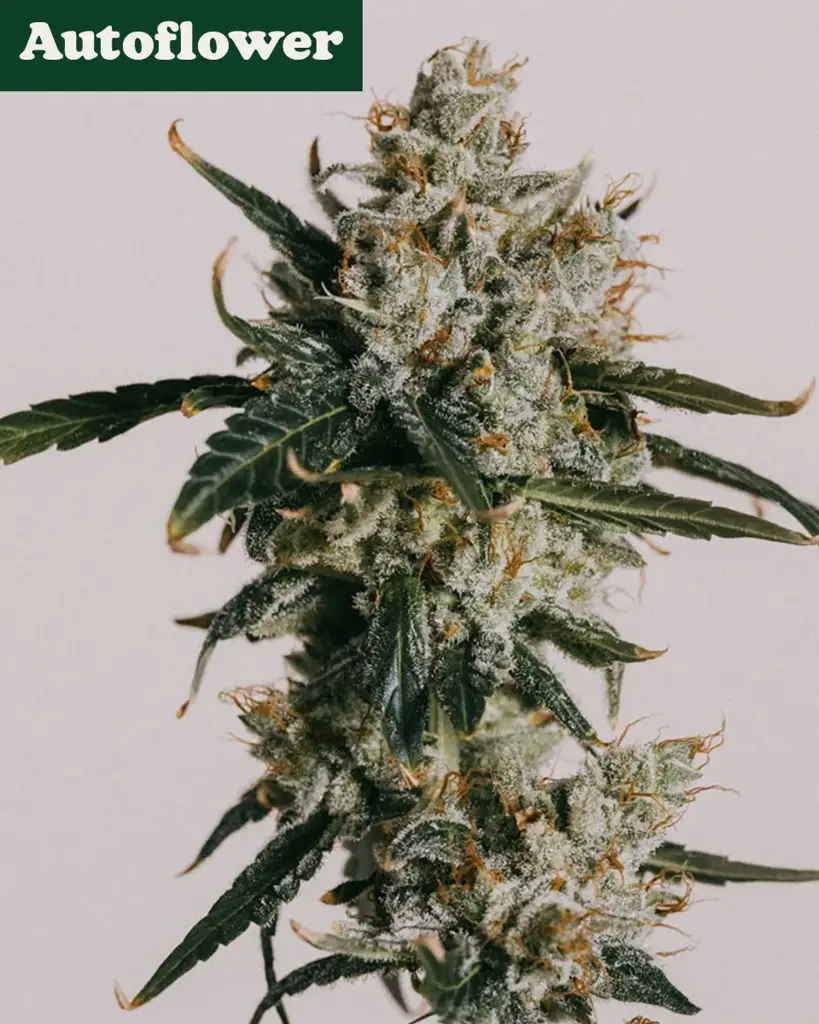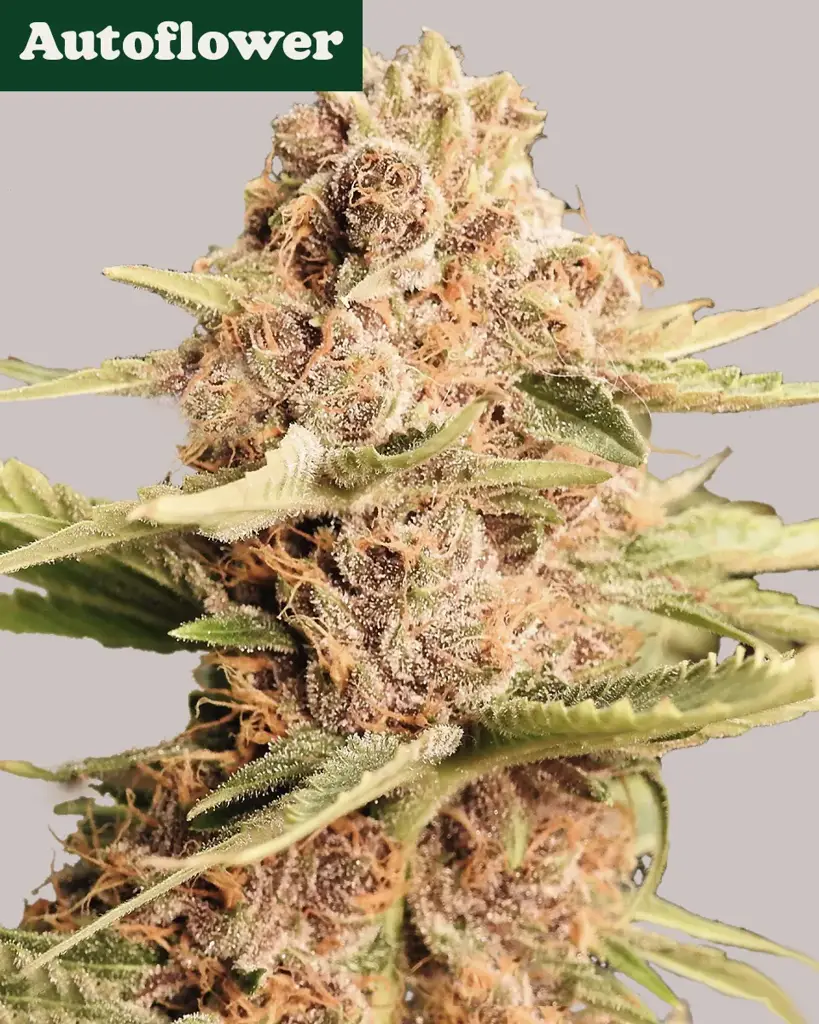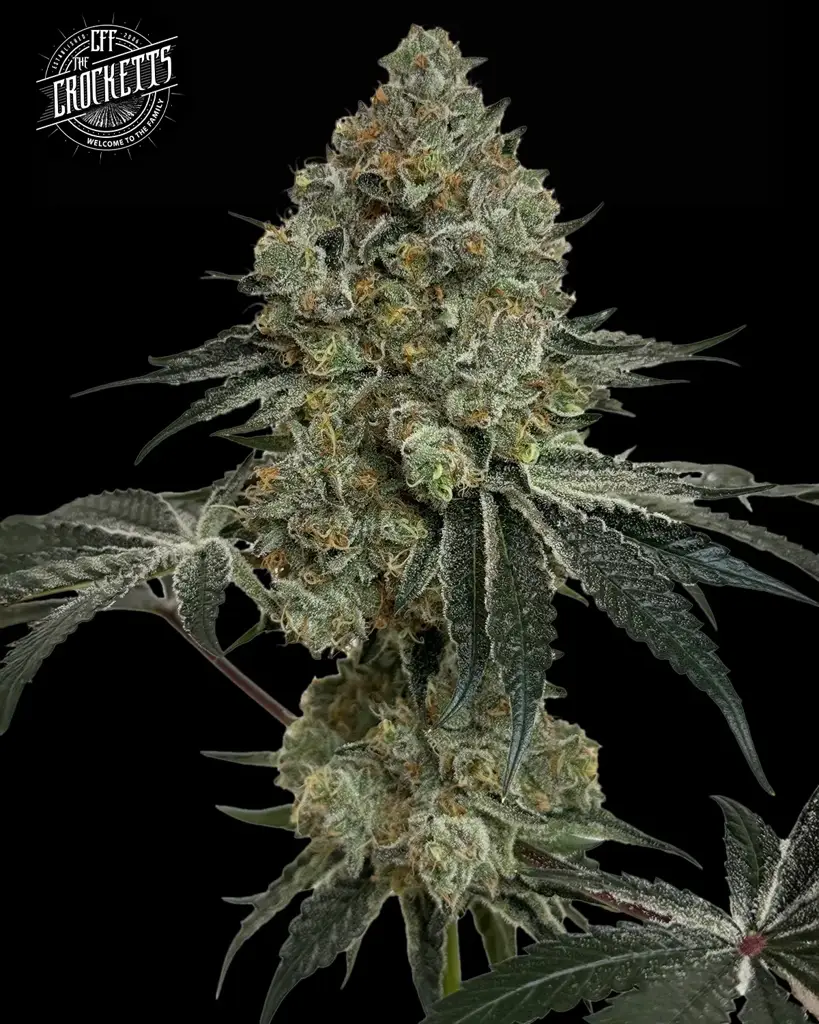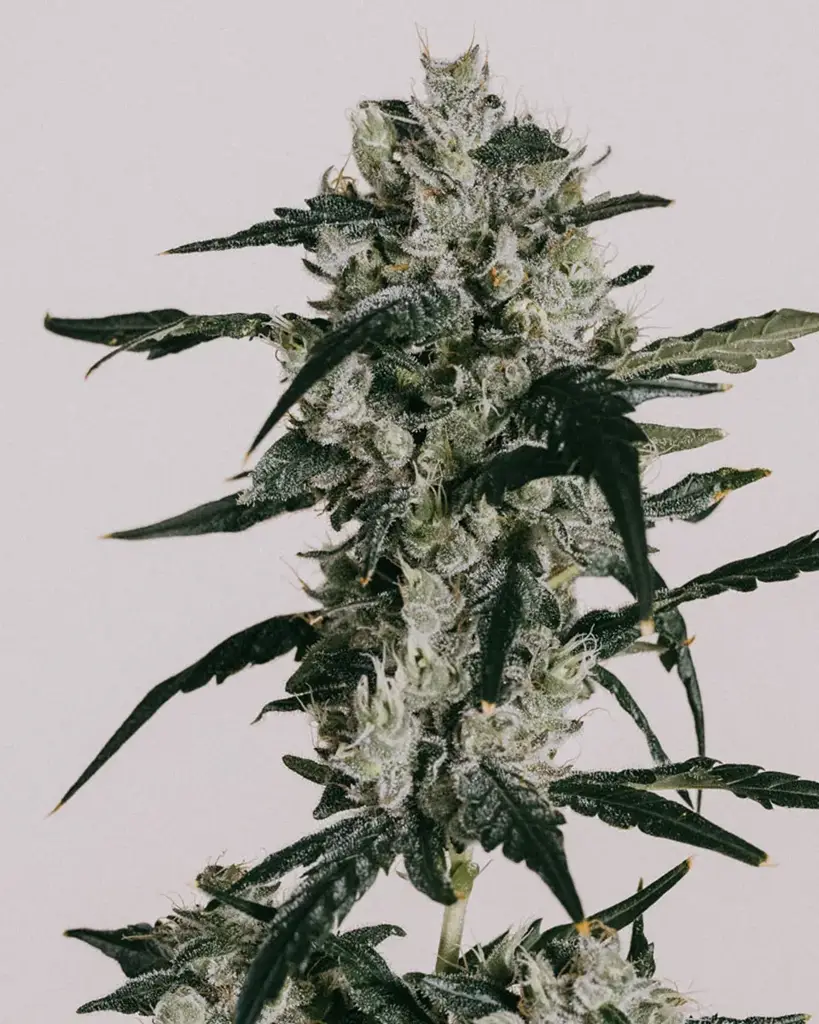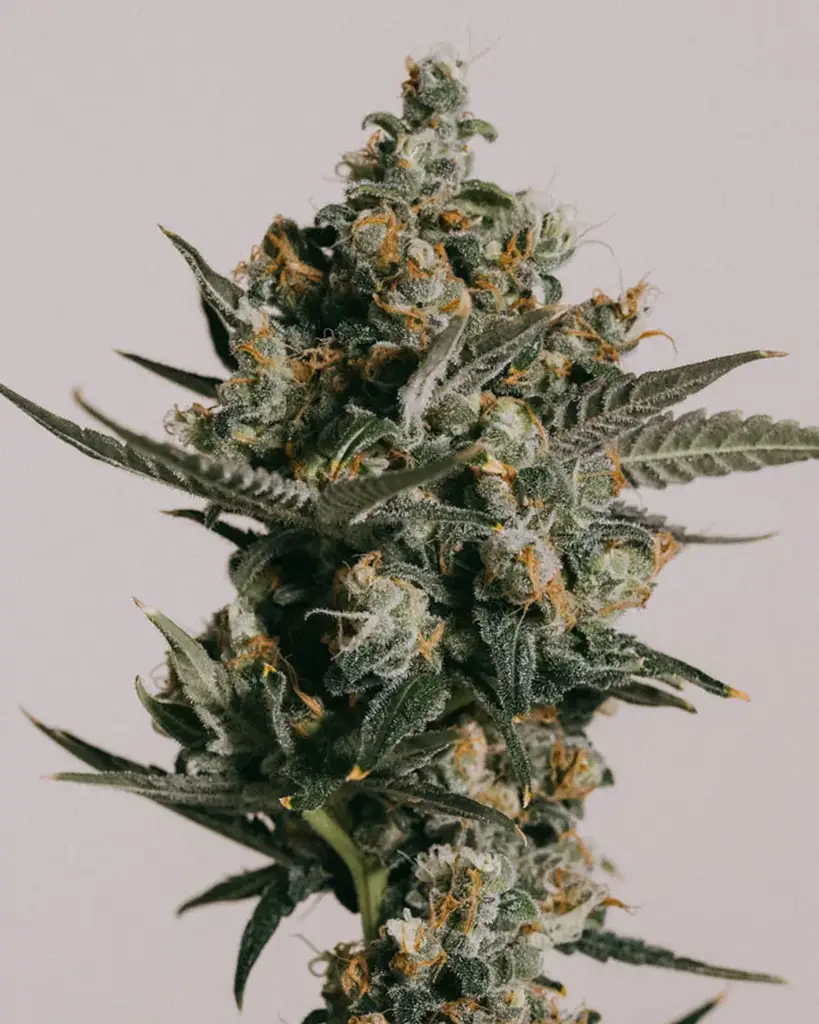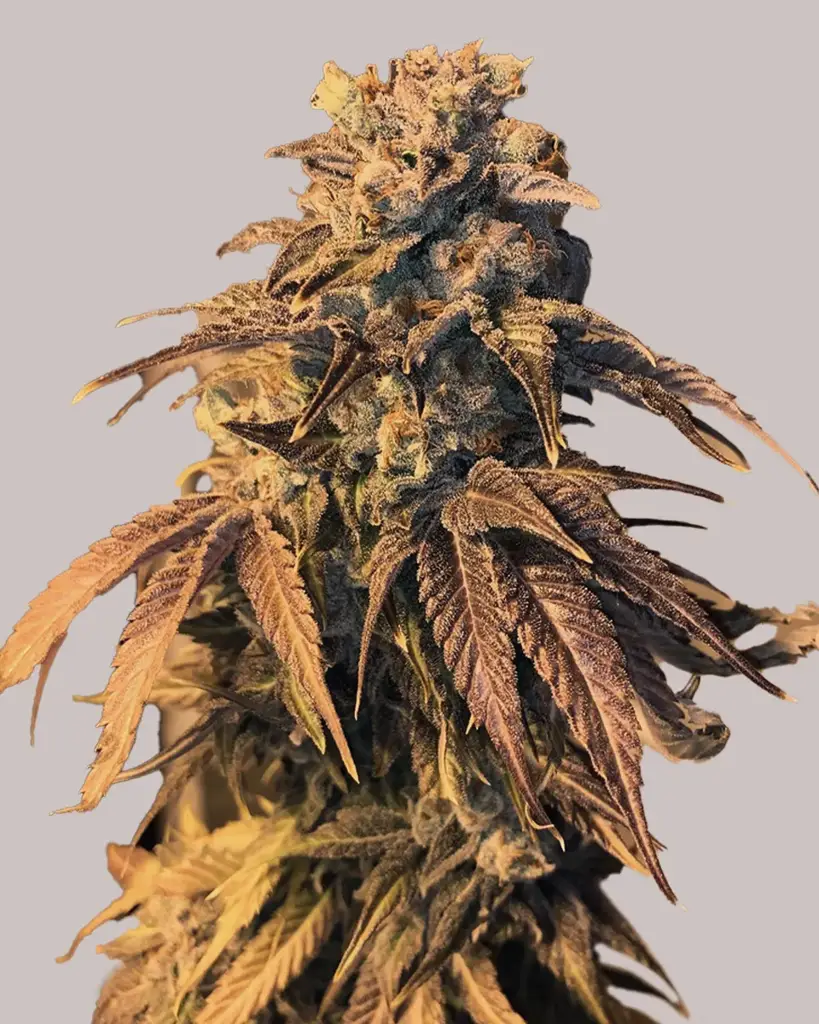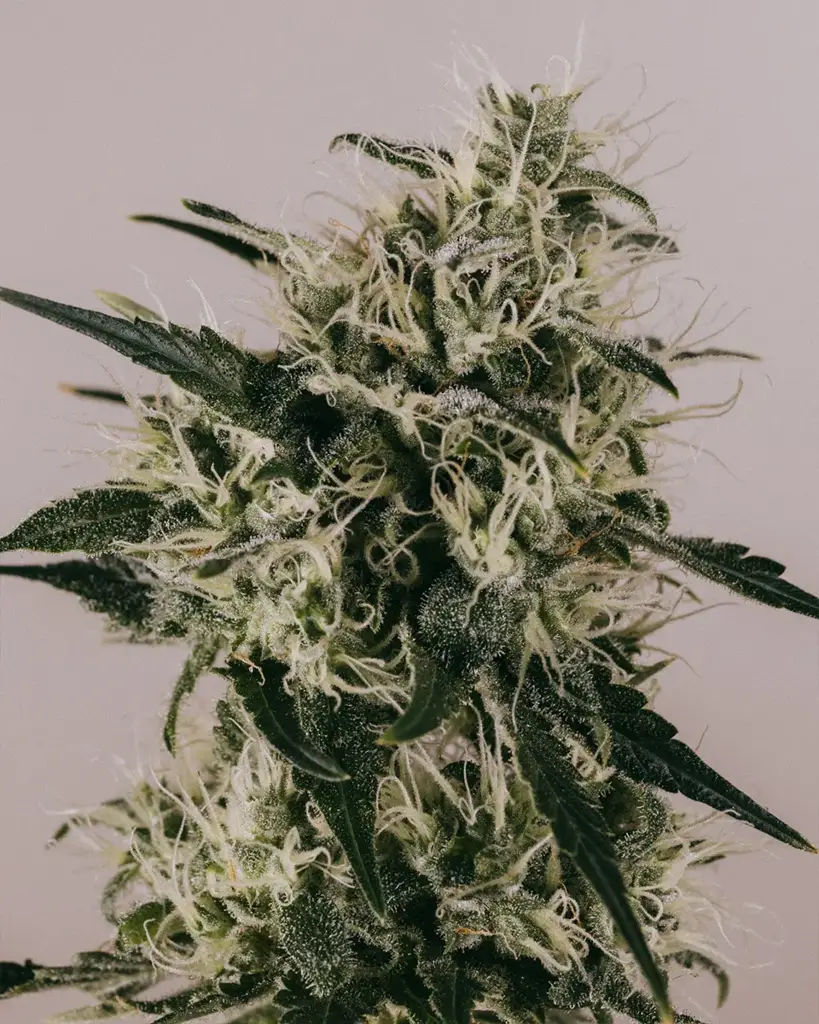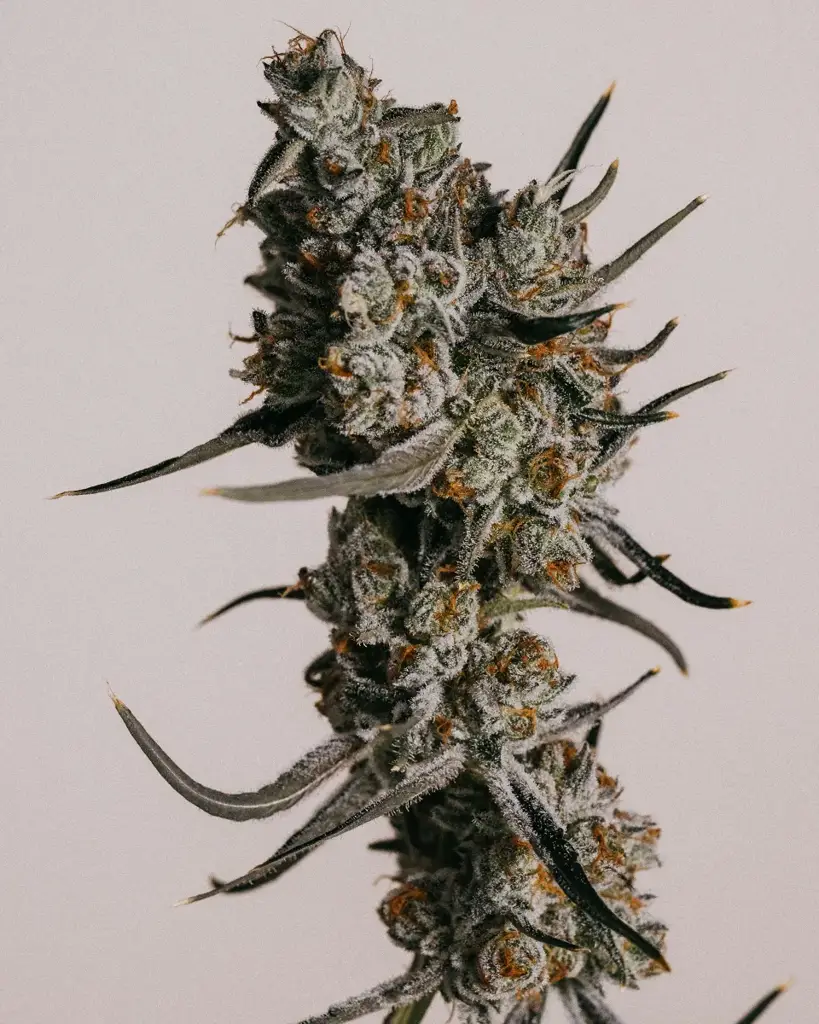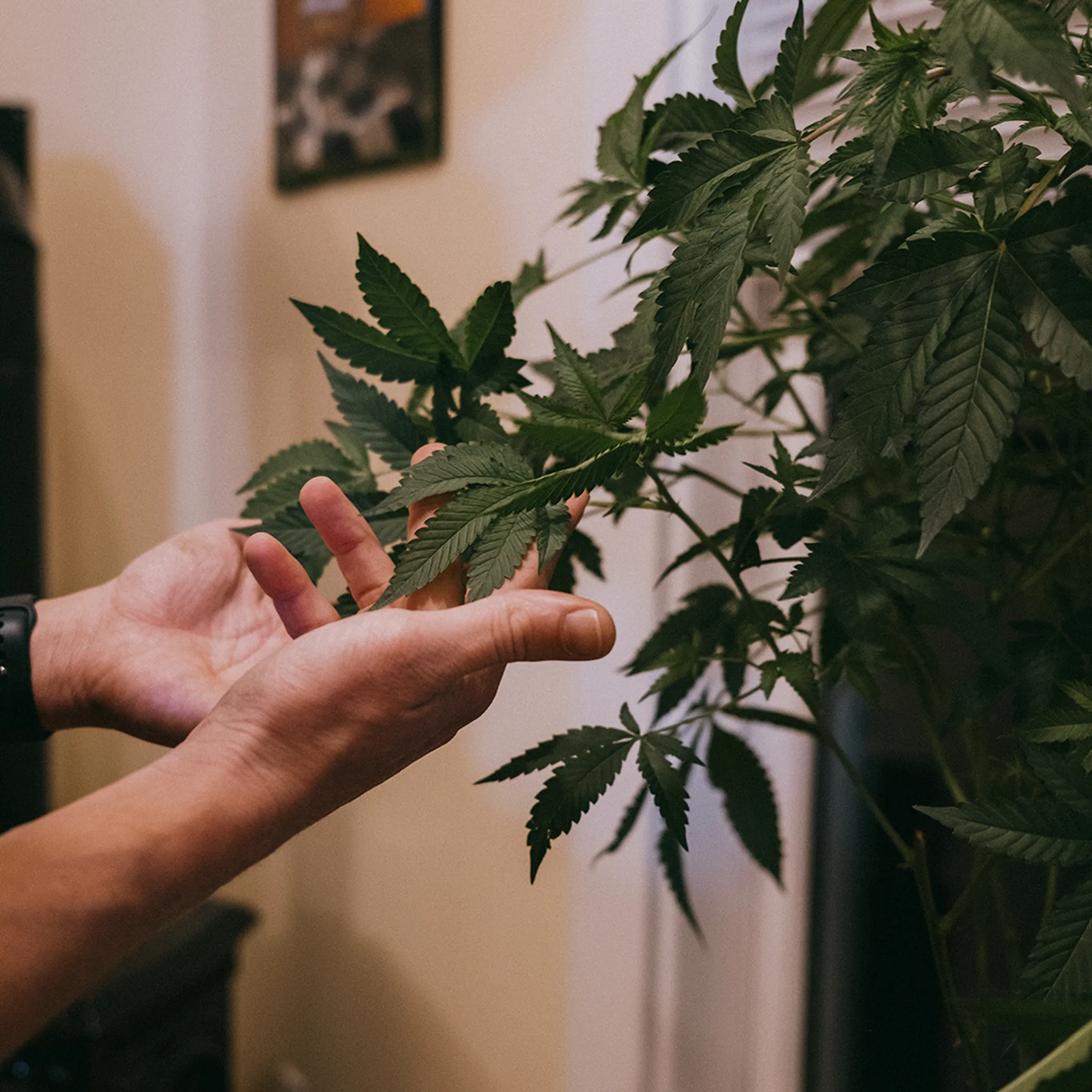
The Basics of Cannabis Terpenes
Terpenes are natural compounds in all plants, giving each a unique aroma. In cannabis, they create the distinct scents and flavors of each strain.
Chris Gardner
Table of contents
Terpenes are natural compounds in all plants, giving each one its unique aroma. In cannabis, terpenes are the reason why different strains have distinct scents. They play a key role in creating the diverse flavors and aromas of cannabis varieties.When explaining the role of terpenes in cannabis, it’s best to think of them like the spices and herbs used in cooking. They add layers of flavor and aroma to cannabis, the same way that seasonings do for food. Cannabis without terps is like a dish without those necessary herbs and spices! Despite this being a metaphor, it’s more real than you think; a lot of the flavors you get from food are also determined in part by terpenes.
Our Bestsellers
What Are Terpenes?
Terpenes are naturally occurring chemical compounds responsible for the smell and taste of cannabis. In nature, terpenes give plants the means to attract potential pollinators or deter harmful pests. They’re some of the most important compounds that give strains their unique flavor and aroma. They’re also one of the main reasons humans pheno hunt specific individual plants.
There are more than 400 different types of terpenes found in cannabis, some of which are suggested by the scientific community to have therapeutic properties that go alongside the psychoactive effects of THC.
Scientifically speaking, terpenes fall under phytochemicals, which are plant-based compounds produced by plants for protection against diseases, parasites, and fungi. Other phytochemicals in cannabis include alkaloids, flavonoids, terpenes, and cannabinoids.
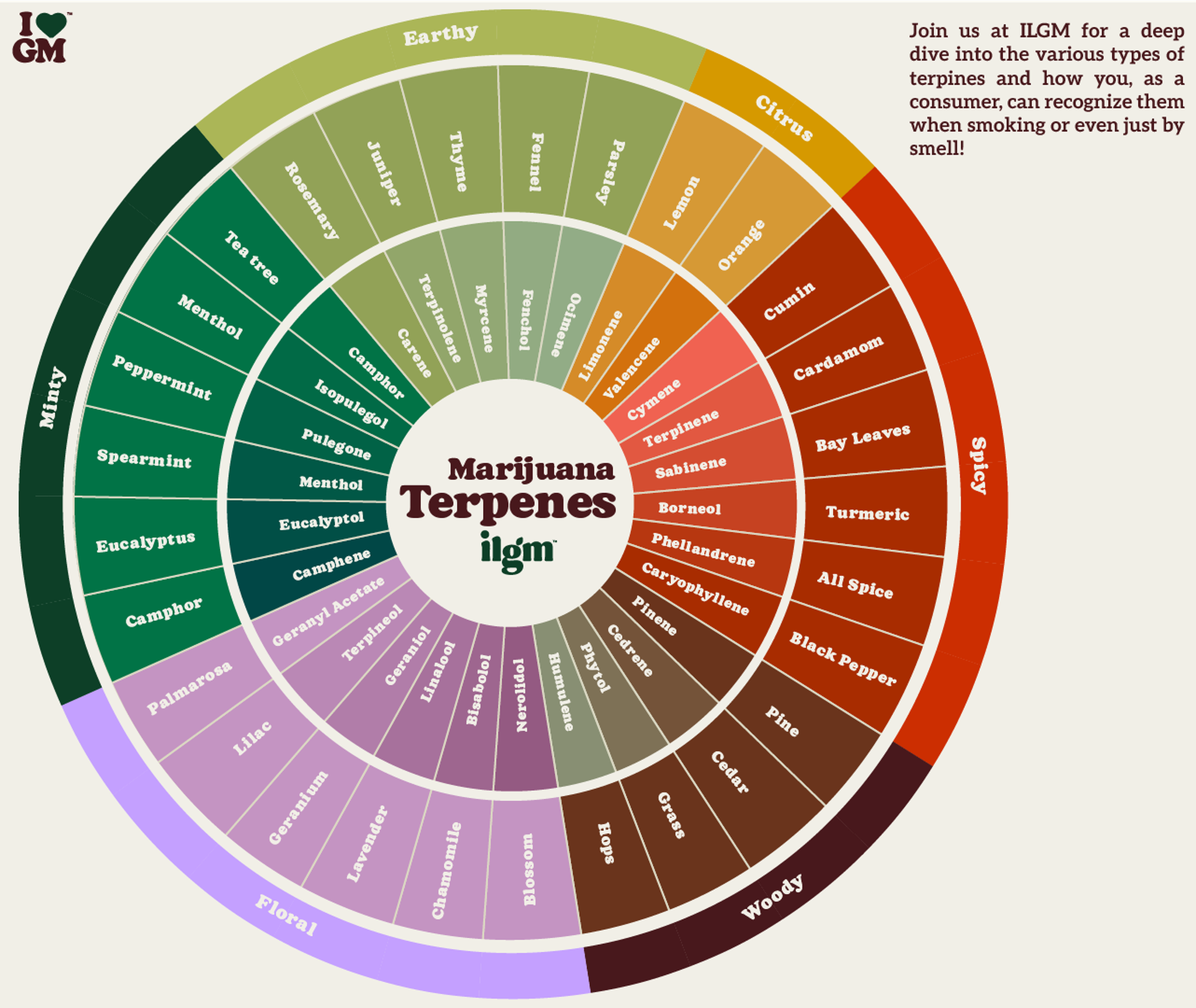
Advanced Grow?
What Are the Most Common Terpenes Found in Cannabis?
Myrcene, caryophyllene, humulene, and pinene are 4 of the most common cannabis terpenes. While the others on this list may be found in fewer quantities, they are still important as these terps help provide a unique aroma to certain strains.
Caryophyllene
Caryophyllene is one of the most common terpenes found in cannabis. It gives strains their spicy and peppery smell, which makes sense considering it’s also one of the main aromatic compounds found in black pepper. It's also found in cloves (giving it a musky scent), cinnamon (sweet, warm aroma), and herbs like basil and rosemary.
Strains like Chemdawg and Chronic Widow have beta-caryophyllene as a dominant terpene. When caryophyllene is present in your weed, you could have antidepressant-like effects and pain relief.
Humulene
If myrcene gives hops its pungent aroma, then humulene is the terp behind beer's bitter taste. Humulene is unmistakably characterized by its spicy, earthy, and woody flavor, akin to a beer with a high hop content. Cannabis strains exuding a hoppy or herbal scent with a peppery edge undeniably signify high humulene concentrations. This makes sense, considering humulene is also abundant in hops alongside myrcene and caryophyllene.
Humulene actually resembles caryophyllene in a lot of ways. You could say they’re cousins that are close to each other. Gelato and Mango Kush are great examples of strains that contain both caryophyllene and humulene.
Like most terpenes, humulene gets its name from the plant from which it is typically extracted, in this case, hops (Latin: Humulus lupulus).
Myrcene
This terpene gives strains a clove-like scent with spicy, peppery, and earthy notes. Flavor-wise, Myrcene is said to give cannabis strains a mildly sweet taste to their smoke, like with Gelato Sunrise.
You’ll find myrcene more than any other terpene in the cannabis you enjoy, and scientists think this terpene is responsible for that couchlock effect we all know and some of us love. However, surprisingly, in that study, trace amounts of myrcene produced the opposite: an energetic high.
Myrcene is also found in another plant called Myrcia, which is the main source of the terpene as well as where it gets its name.
Other things that have myrcene include:
Lemongrass
Hops
Mangoes
Hashishene
Hashishene is a special type of terpene that can only be derived from myrcene through photooxidation. It isn’t the only terpene produced this way; there are others like it, and we call them oxygenated terpenes or terpene derivatives. Not surprisingly, this terpene derivative gets its name due to its high concentrations in hashish. This makes sense, considering that traditional hash involves curing the resin, which causes myrcene to break down into hashishene.
Limonene
If you are a fan of lemon or sour-tasting weed, then limonene is your Terp! As the name suggests, it’s what gives us that citrus scent we love in cannabis. If you've been chasing those sour flavors, you should try strains high in limonene.
Often linked with sativa plants such as Super Lemon Haze, this terpene provides an uplifting effect. However, many indica strains have limonene as their dominant terpene, such as Hindu Kush, which has a delicious sour lemon taste, and Cheddar Cheeze, which has delightful mango citrus tones.
Limonene is also found in:
Citronella or Lemongrass
Dill
Caraway
Pinene
Pinene is what makes cannabis strains smell like Christmas trees, but it’s also the main terp that gives actual pine trees their fresh aroma. If you’re looking for a strain with pinene as its dominant terp, try LA Confidential, an Indica-hybrid with a flavor profile that blends the heavy taste of pine with spicy, sweet, and skunky notes.
Pinene can also help in treating depressive symptoms and anxiety and alleviate pain and inflammation.
Pinene is also found in the following trees and plants:
Camphorweed
Sagebrush
Spruce trees
Juniper trees
Cedar trees
Ocimene
Ocimene is known for its dominant woody, floral, and citrus aromas. Meanwhile, its flavor is less complex as it resembles the taste of citrus fruits with hints of pineapple. For its effects, it has a stimulating buzz that likely contributes to its energizing qualities.
One of the main purposes of phytochemicals such as terpenes is to defend plants against predators. For example, chili peppers evolved to have capsaicin, a type of alkaloid that can deter most predators because of its taste. Ocimene, a terpene, provides plants with protection through its smell, which is designed to repel pests.
Ocimene is also found in basil (Latin name: ocimum). Other plants that contain high amounts of ocimene are:
Parsley
Bergamot oranges
Tea
Kumquats
Terpinolene
Terpinolene is complex and gives cannabis a subtle mix of floral, citrus, and piney fragrances with an added sweetness to the taste. In other words, terpinolene is fresh, so it's no wonder it's often added to fragrances and body washes.
Cannabis strains with terpinolene as their dominant terpene account for only about 10% and are often only found in trace amounts. Strains like Durban Poison and Jack Herer are Terpinolene dominant.
Terpinolene is also recognized for its potential therapeutic uses in reducing inflammation and acting as a sedative.
You can also find high amounts of terpinolene in the following:
Cumin
Fir trees
Apples
Lemon
Pine trees
Linalool
Linalool is the aromatic compound that gives lavender its distinct sweet, floral, and woody aroma. In cannabis, this terp is no different as it imparts the same distinct lavender-like scent in strains with high amounts of it.
Like terpinolene, very few strains have linalool as their dominant terpene. This makes cultivars like Granddaddy Purple and Runtz worth getting. Linalool may also be the terpene that gives these strains their euphoria since it’s said to aid against depressive symptoms and reduce feelings of anxiety.
So, if you’re searching for strains that can help improve your mood while smelling and tasting like a relaxing floral purple lavender dream, then linalool might be the terp you need to look into when you’re on the hunt.
You can also find linalool in:
Basil
Mint
Lavender
Thyme
Do Terpenes Get You High?
The short answer is no. If they did, most of your food would also get you high since terpenes are abundant in herbs, spices, and fruits. But while terps won’t get you high, studies have said that they may affect your brain chemistry, and aromatherapists have used the terpenes in essential oils to improve your mood and help make you feel more relaxed or invigorated.
Are Indica and Sativa Highs Different Because of Their Terpene Profile?
When discussing the synergy between terpenes and cannabinoids, many people first think of the entourage effect. This hypothesis states that cannabinoids and phytochemicals in cannabis interact to enhance their effects.
Think of it as combining the right set of ingredients to bring out the flavor of a dish. You could have rice and beans, and it's a totally different experience than rice and peas. You will still feel full and satisfied, but the vibe will change, and you might have a personal preference. In this case, it’s having the right set of terps to enhance a strain’s effects. If true, this theory could explain why different cultivars have different effects.
The entourage effect is still a hypothesis, with the main argument being that a lot of it is based on anecdotal evidence. Even though cannabis research is still only in its infancy, multiple research studies support the theory already.
Conclusion
Terps are amazing! They are one of the reasons that cannabis is so delicious and sought after! However, research suggests and points towards their influence in modulating cannabinoids and, indeed, our end-cannabinoid system function. Getting to know what terpenes make your experience of cannabis the best for you is a crucial step in a heightened enjoyment of the cannabis plant. I would suggest following your nose; the weed you think smells the best is often the best for you!
Continue Reading
You might also find these interesting.


